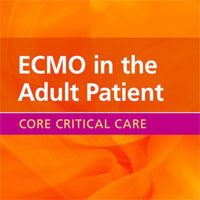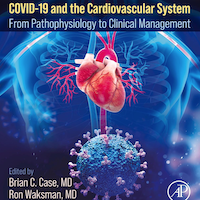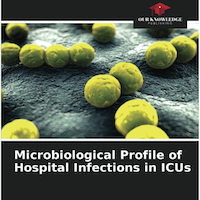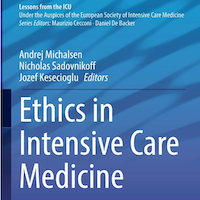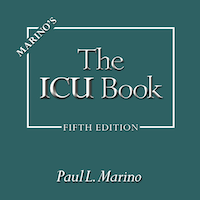Tag: infection
Is chloroquine or hydroxychloroquine useful in treating people with COVID-19, or in preventing infection in people who have been exposed to the virus?
COVID-19 is an infectious respiratory disease caused by a coronavirus called SARS-CoV-2. If the infection becomes severe, people may need intensive care and support in hospital, including mechanical ventilation. Drugs... read more
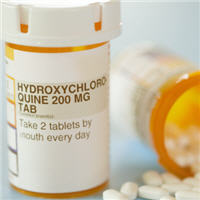
Surviving Sepsis Campaign Guidelines on the Management of Adults with COVID-19 in the ICU
The Surviving Sepsis Campaign Coronavirus Disease 2019 panel issued several recommendations to guide healthcare professionals caring for adults with critical or severe coronavirus disease 2019 in the ICU. Based on a living... read more
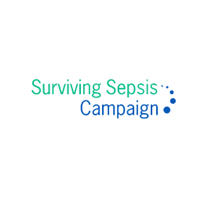
Pharyngeal abscess: a rare complication of repeated nasopharyngeal swabs
A 73-year-old end-stage renal disease patient who had undergone craniopharyngioma resection 30 years previously was admitted to hospital after a fall. He developed hospital-acquired laboratory-confirmed SARS-CoV-2 that required... read more

Consequences of COVID-19 in discharged patients
At 6 months after acute infection, COVID-19 survivors were mainly troubled with fatigue or muscle weakness, sleep difficulties, and anxiety or depression. Patients who were more severely ill during their hospital stay... read more
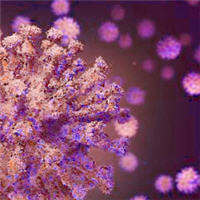
Post-COVID Syndrome or Post-Sepsis Syndrome?
Since the initial outbreak of COVID-19, there have been reports of many people living with a new condition named post-COVID syndrome. These people are young and old, and they experience symptoms long after the infection has... read more
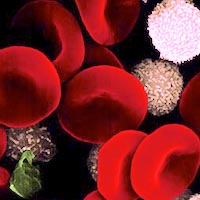
Inflammatory Response and Phenotyping in SARI From the MERS Coronavirus
One third of critically ill patients with Middle East respiratory syndrome (MERS) severe acute respiratory infection (SARI) and non-Middle East respiratory syndrome severe acute respiratory infection demonstrated a subphenotype... read more
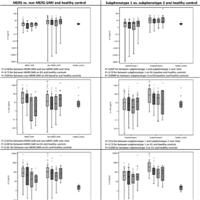
Perspectives of Ketamine Use in COVID-19 Patients
Hospitalized coronavirus disease 2019 (COVID-19)-infected patients suffer from both physical impairments and mental stress. Respiratory insufficiency and cardiovascular disturbances require most of the intensive care... read more

Antimicrobial‑associated Harm in Critical Care
The belief that, for the individual patient, the benefit of prompt and continued use of antimicrobials outweighs any potential harm is a significant barrier to improved stewardship of these vital agents. Antimicrobial... read more
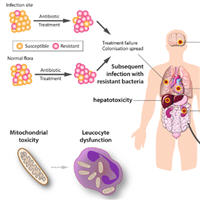
ICU Strain and Mortality Risk Among Critically Ill Patients with COVID-19
The coronavirus disease 2019 (COVID-19) pandemic has affected numerous communities, and reports of overburdened hospitals, specifically critical care units, have become commonplace. High-quality supportive care remains the... read more

Bacterial Superinfection Pneumonia in COVID-19 Respiratory Failure
Severe community-acquired pneumonia secondary to SARS-CoV-2 is a leading cause of death. Current guidelines recommend patients with SARS-CoV-2 pneumonia receive empirical antibiotic therapy for suspected bacterial superinfection,... read more
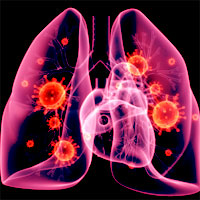
COVID-19 Pneumonia: Typical or Atypical Form of ARDS?
Evidence-based guidelines can never help a doctor resolve whether a patient is best managed by inserting an endotracheal tube or avoiding its use. That decision is based on clinical judgment, gestalt, and tacit knowledge.... read more
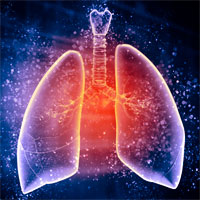
Circuits Between Infected Macrophages and T Cells in COVID-19 Pneumonia
Some patients infected with Severe Acute Respiratory Syndrome Coronavirus-2 (SARS-CoV-2) develop severe pneumonia and the acute respiratory distress syndrome (ARDS). Distinct clinical features in these patients have led... read more
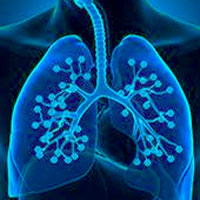
The Impact of Defibrillation on Aerosol Generation During CPR
Chest compressions alone did not cause significant aerosol generation in this swine model. However, increased aerosol generation was detected during chest compression immediately following defibrillation. Additional research... read more
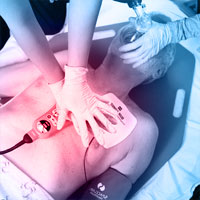
Why COVID-19 Pneumonia is More Deadly than Typical Pneumonia
Bacteria or viruses like influenza that cause pneumonia can spread across large regions of the lung within hours. In the modern intensive care unit, these bacteria or viruses are usually controlled either by antibiotics or... read more
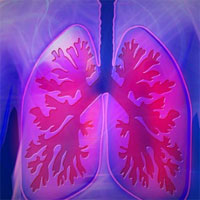
Critical Care Management of Infectious Meningitis and Encephalitis
Central nervous system (CNS) infections represent 2.9% of the infections encountered in the intensive care unit (ICU). Among them, infectious meningitis and encephalitis, regardless of their community or healthcare-associated... read more
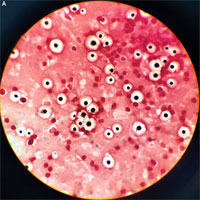
ECMO for COVID-19 patients in Europe and Israel
As of October 17th the novel coronavirus (SARS-CoV-2) caused a pandemic disease (coronavirus disease 2019, COVID-19) 40 million people worldwide, with almost one million deaths. Although most patients have an uncomplicated... read more
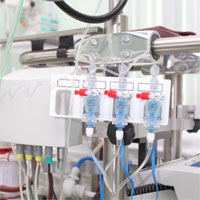
Infectious Diseases A Clinical Short Course
Infectious Diseases: A Clinical Short COURSE is a concise overview of this important field designed to help the busy physician, medical student, nurse practitioner, and physician assistant to understand, diagnose, and treat... read more

Unexpectedly High Frequency of Enterococcal Bloodstream Infections in COVID-19 Patients
Coronavirus disease 2019 seemed to increase the frequency of bloodstream infections (particularly Enterococcus-related bloodstream infection) after ICU admission. This may have been due to enteric involvement in patients... read more






